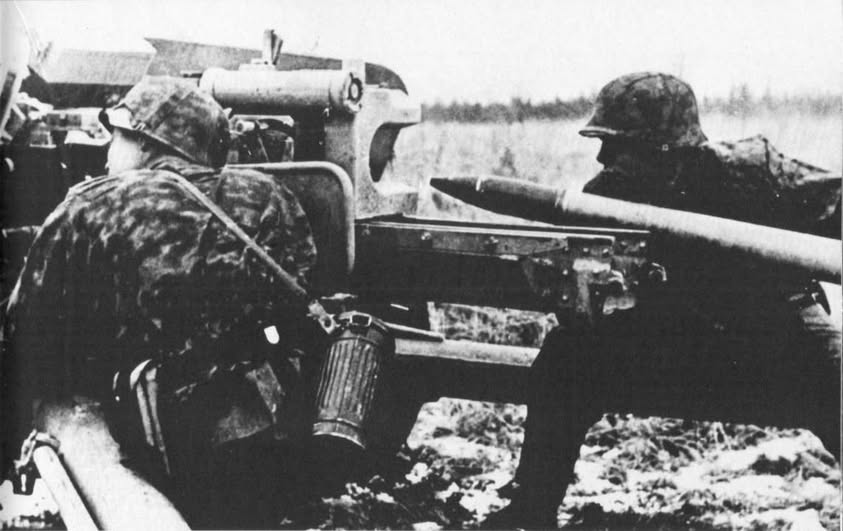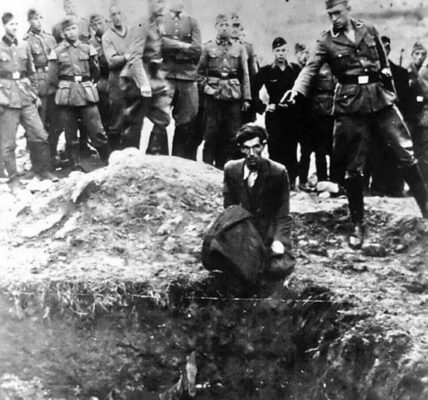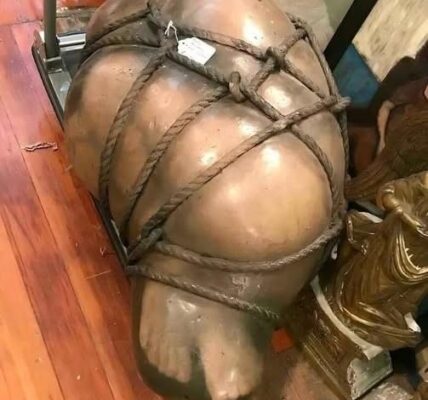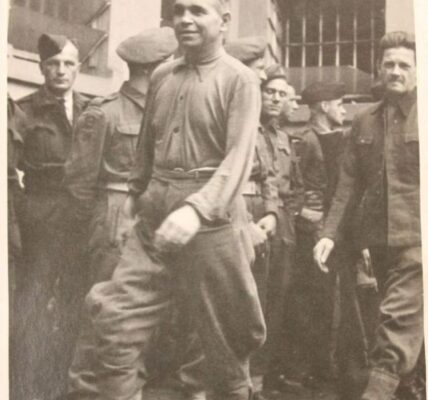German 7.5 cm PaK 40 anti-tank gun (late version) with elite artillery regiment crew _de

The topic: German 7.5 cm anti-tank gun PAK 40
In 1939, the German Army issued a specification for a 75 mm anti-tank gun to Krupp and Rheinmetall, but development was given low priority only after the invasion of the Soviet Union in the summer of 1941, when German tanks encountered the Red Army’s superior T.34 and KV.1 tanks.
German tank destroyers use a Pak 40 against Yugoslav partisans in Bosnia on January 12, 1944.

The first PaK-40s were quickly put into production and reached the front as early as November 1941. They quickly proved to be an accurate and efficient anti-tank gun. By 1943, they were the primary anti-tank gun of the German army and most of its allies.
Camouflaged German 7.5 cm PaK 40 anti-tank gun emplacement, North Africa, 1941

With an effective range of 900 to 1370 meters, the PaK-40 could fire a 7 kg armor-piercing shell at a velocity of 810 meters per second, penetrating up to 106 mm of steel at 460 meters. Later, a 3.2 kg tungsten-core round (AP40) was developed with a muzzle velocity of 930 meters and penetrating 115 mm of steel at 460 meters. This enabled it to compete with virtually any Allied tank in production, with the exception of the Soviet IS-2 and the American M.26 Pershing. With an experienced eight-man crew, the gun could fire up to 10 rounds per minute. High-explosive and shaped-charge rounds were also available (in small quantities) for the PaK-40.
German crew of a 7.5 cm PaK 40 anti-tank gun rests in front of the Italian state radio at the corner of Via Asiago and Via Montello, Rome, Italy, September 11, 1943.

The only drawback of the PaK-40 was its weight. At 1,550 kg, it was too heavy to be easily moved through mud, snow, or rough terrain without an artillery tractor. Nevertheless, at the suggestion of Heinz Guderian, the gun (designated KwK-40) was successfully mounted on a number of self-propelled chassis, including the Marder III tank destroyer, the Sd.Kfz. 234/4 armored personnel carrier, and the Sd.Kfz. 251 half-track. This allowed more anti-tank guns to be deployed to counter the overwhelming number of Allied tanks that appeared in the later stages of the war.
German 7.5 cm PaK 40 cannon and crew in Northern France, October 1943

After the war, numerous other countries (including Albania, Bulgaria, Czechoslovakia, Hungary, and Romania) continued to use surplus PaK-40s from the war in their armed forces for several years until these weapons became virtually obsolete with the introduction of modern anti-tank missiles.
A restored, modern-day version of the PaK 40. Many of these guns survived due to their carriage and the many theaters of war in which they were used.

The newly equipped German 7.5 cm PaK 40 anti-tank gun. Late with crew of an elite artillery regiment from MiniArt:
This model has been available in the MiniArt catalog for some time. We’ve seen the weapon sold individually, but now it comes with a unit of four artillerymen and the ammunition ready to be inserted into the weapon.











